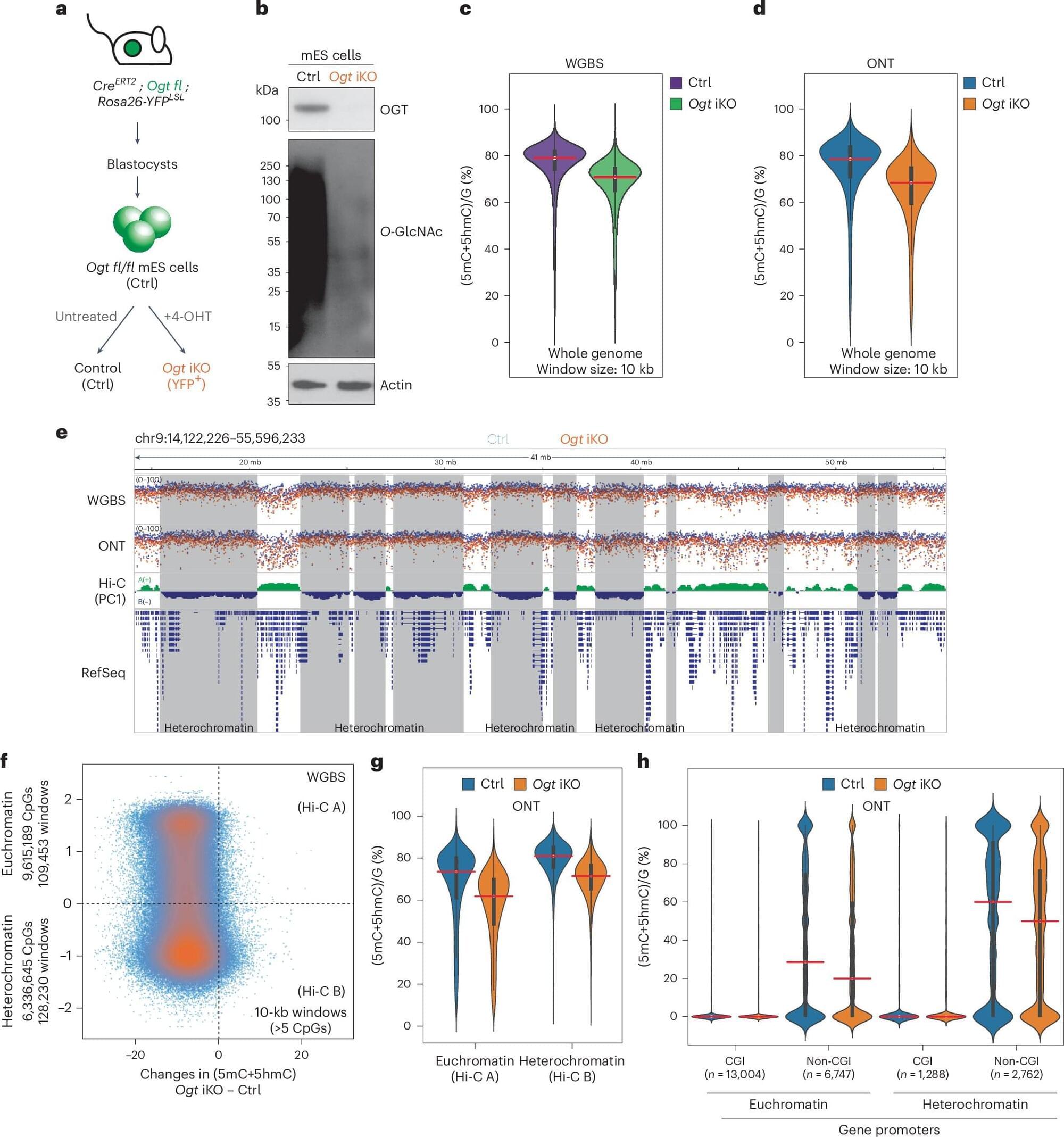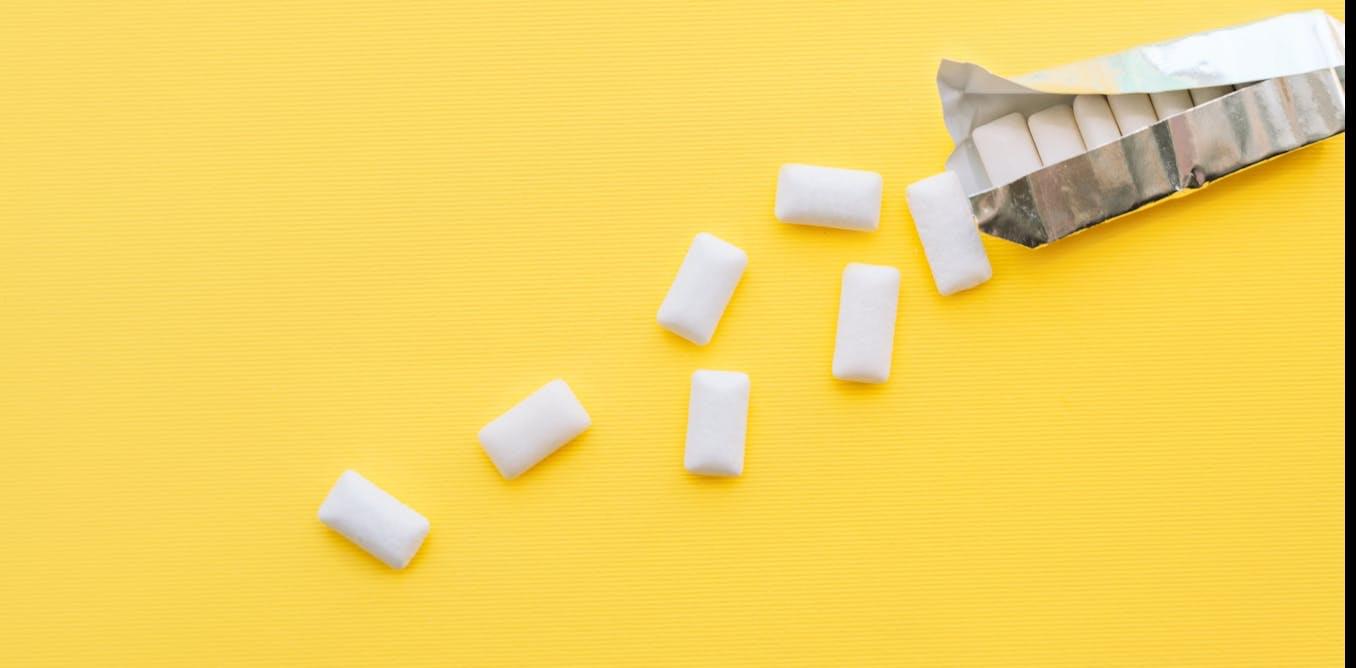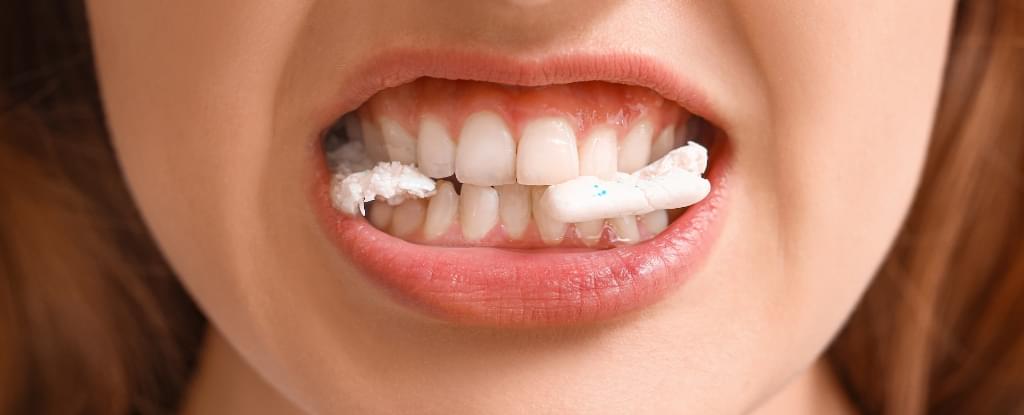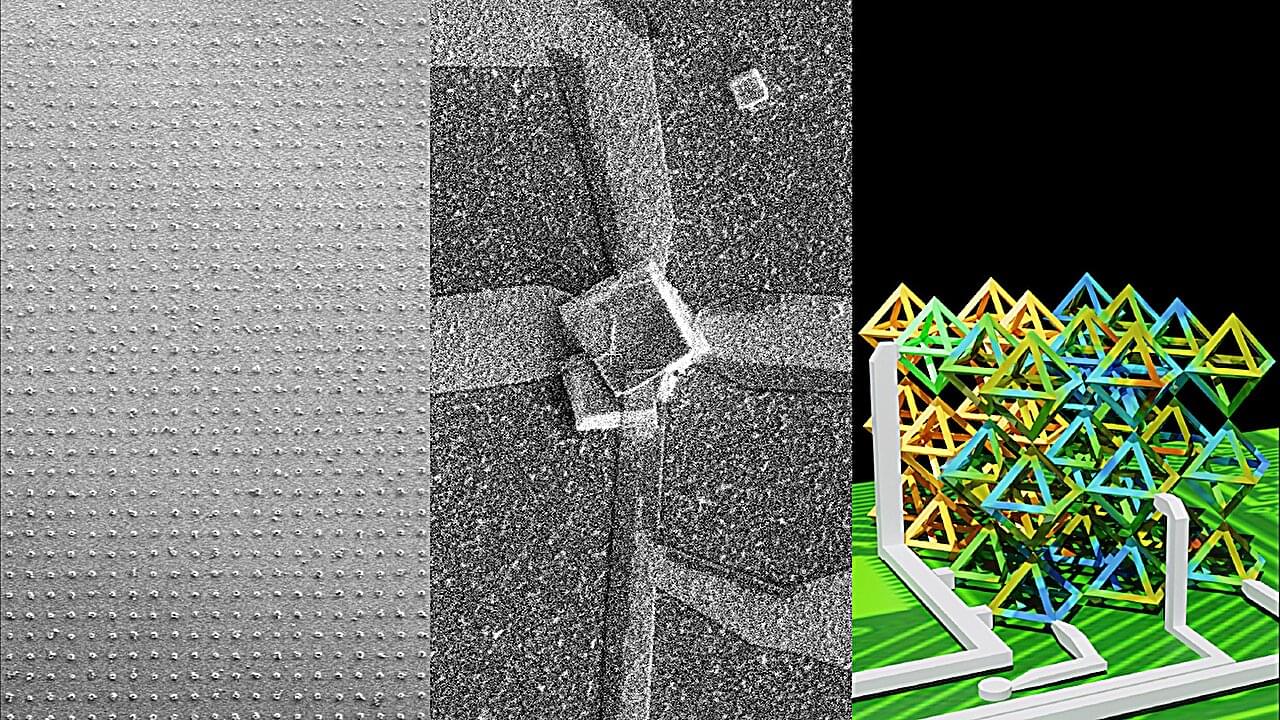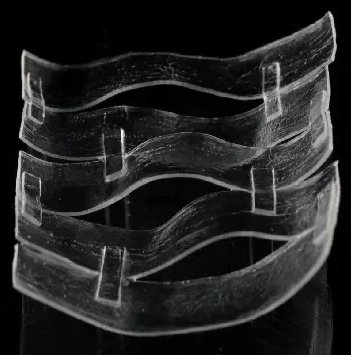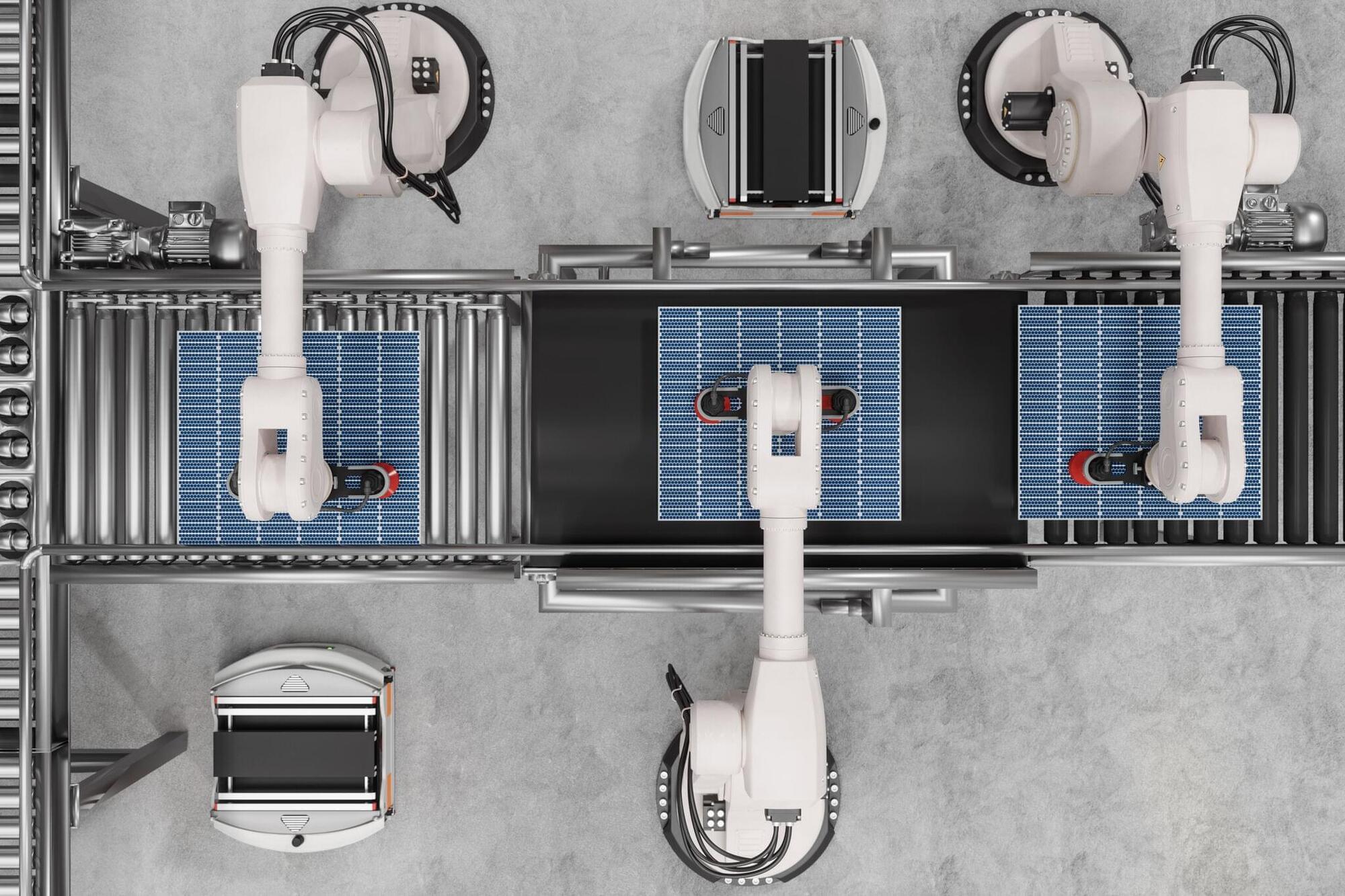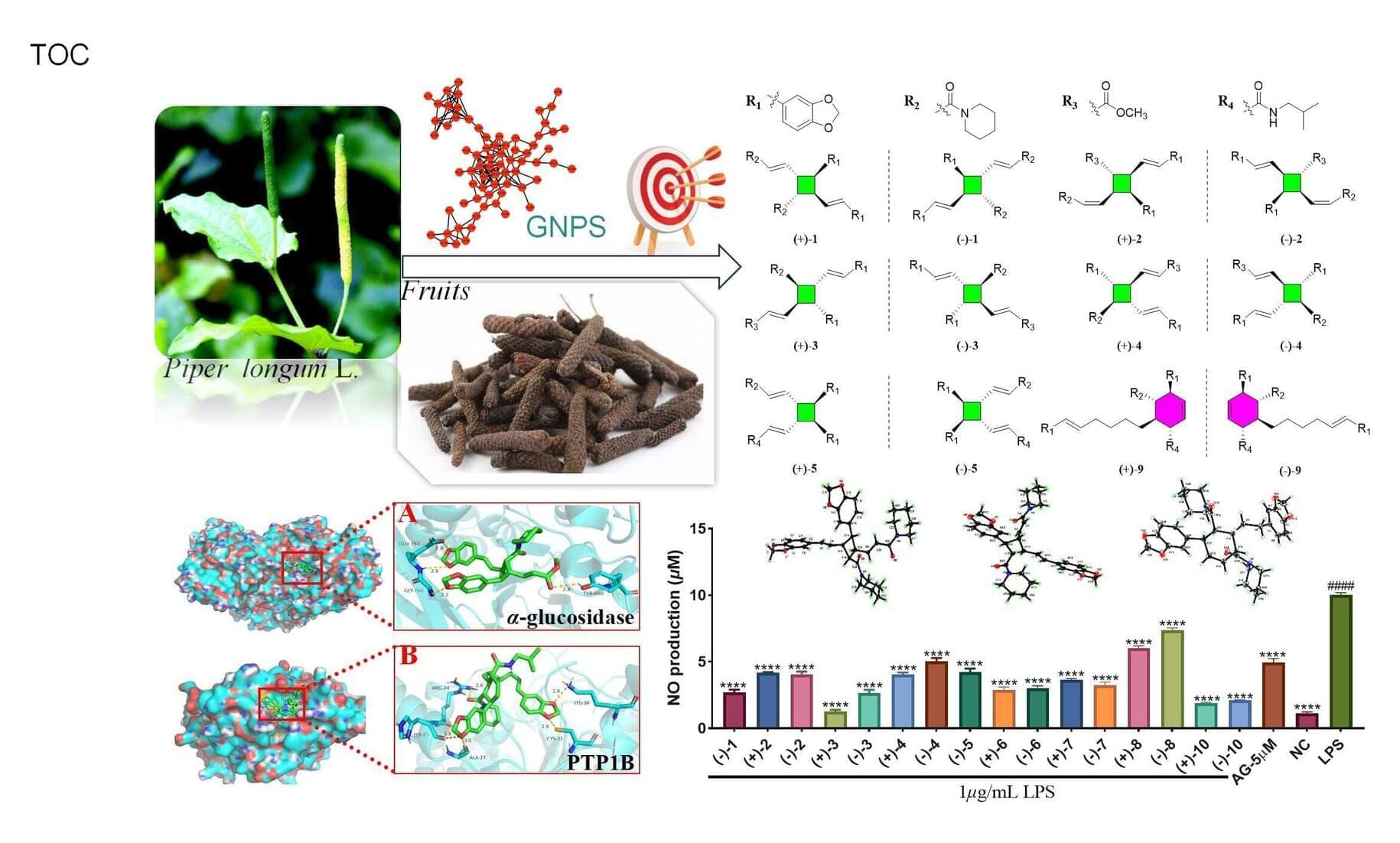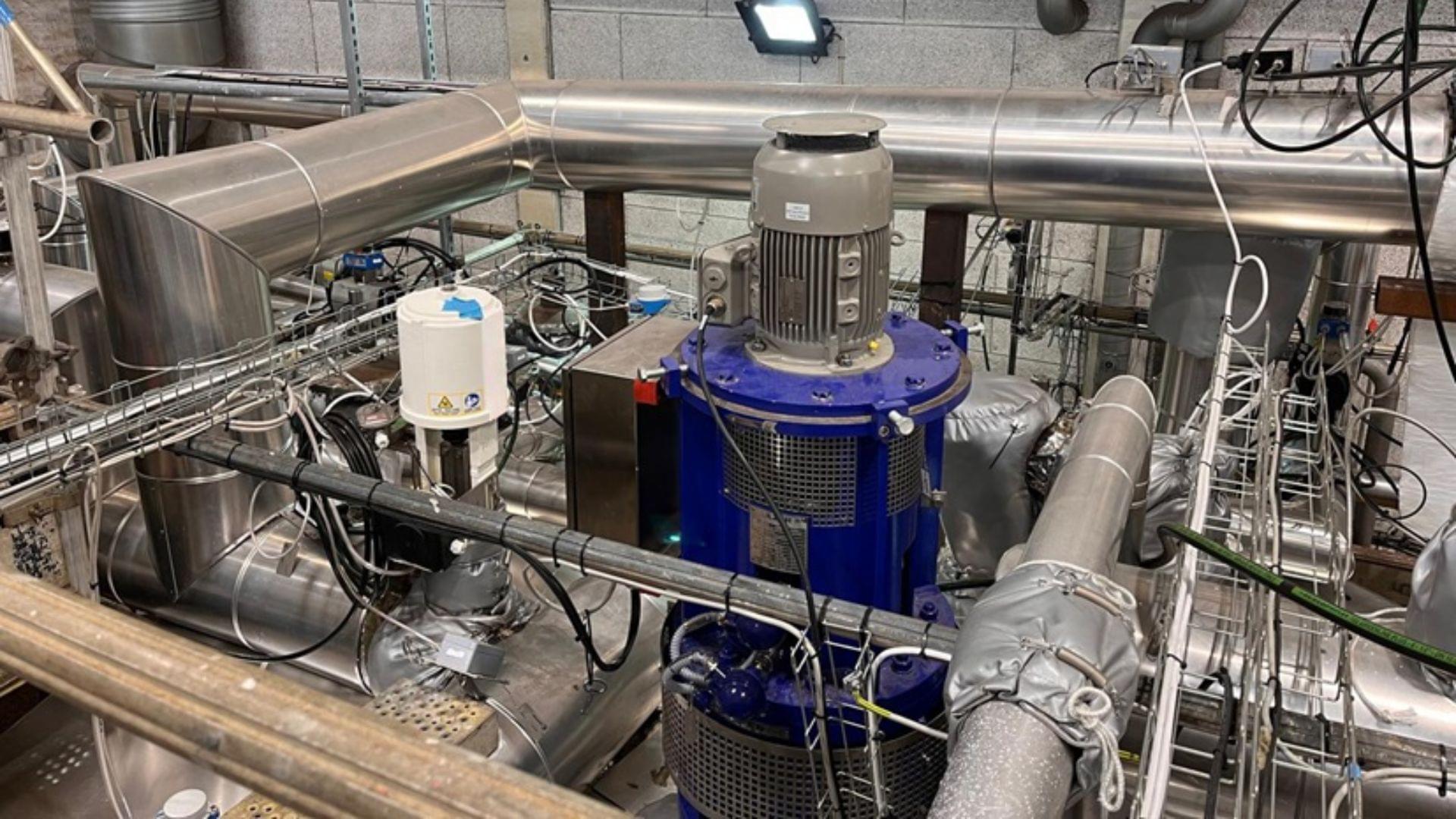You may have heard of the fantastic-sounding “dark side of the genome.” This poorly studied fraction of DNA, known as heterochromatin, makes up around half of your genetic material, and scientists are now starting to unravel its role in your cells.
For more than 50 years, scientists have puzzled over the genetic material contained in this “dark DNA.” But there’s a growing body of evidence showing that its proper functioning is critical for maintaining cells in a healthy state. Heterochromatin contains tens of thousands of units of dangerous DNA, known as “transposable elements” (or TEs). TEs remain silently “buried” in heterochromatin in normal cells—but under many pathological conditions they can “wake up” and occasionally even “jump” into our regular genetic code.
And if that change benefits a cell? How wonderful! Transposable elements have been co-opted for new purposes through evolutionary history—for instance the RAG genes in immune cells and the genes required for driving the development of the placenta and mammalian evolution have been derived from TEs.
